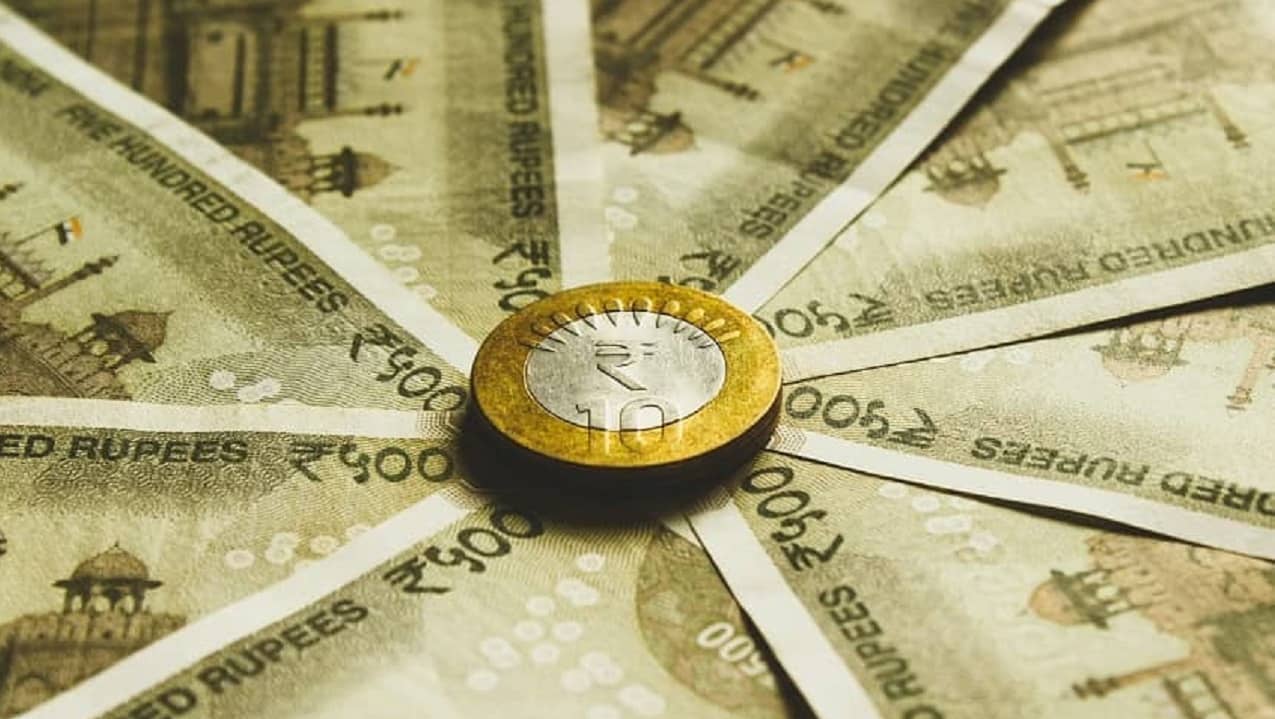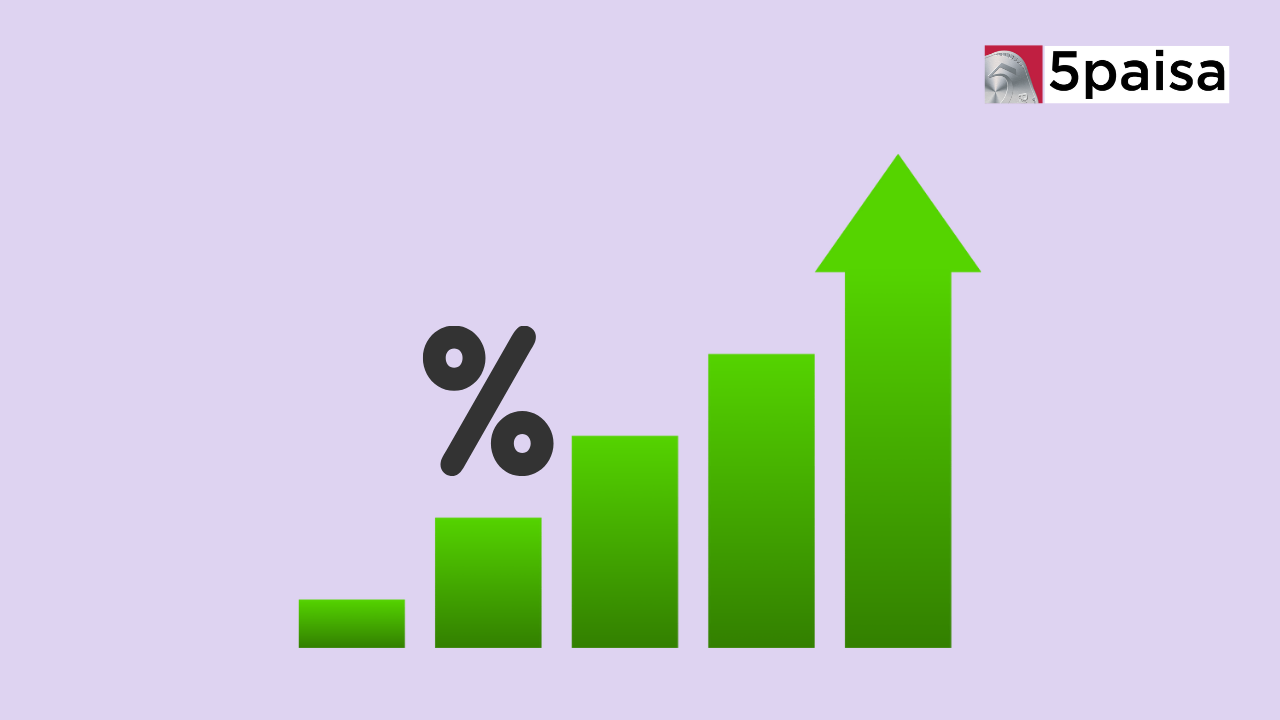Top New Year Stock Picks for 2025: Best Investment Opportunities
How India Inc is adding muscle to the balance sheet after deep cleaning

Last Updated: 11th December 2022 - 07:34 am
India’s economy and businesses braved up to the Covid-19 avalanche and managed to cling on to their fundamentals. The structural changes to how businesses are managed and how products and services are consumed stirred and indeed disrupted several businesses.
But India Inc, by and large, manoeuvred the blizzard well. Our previous report showed how Indian companies seized the opportunity to do a deep house cleaning.
They figured out new ways to manage operational costs, paid back debt or refinanced them, and discovered new markets and consumer segments to target in the new world.
As a result, their credit ratio—or the ratio of the number of upgrades to downgrades—did not just reverse a worsening trend of the previous two-three years, including the years leading up to the pandemic, but hit a decadal high.
S&P affiliate CRISIL, Moody’s affiliate ICRA, Fitch affiliate Ind-Ra and CARE Ratings have all seen a marked change in the books of corporate India. This does not mean everything is hunky dory. History shows that companies do sink despite positive outlook by rating agencies and so the upgrades should be taken with a pinch of salt but the broad trend does give comfort.
Overall, the credit ratio of upgrades to downgrades has been over 3 for almost all rating agencies in the year ended March 31, 2022. In simple terms, this means for every company that saw a rating downgrade last financial year there were three firms that saw an upgrade.
In the second half of FY22, CRISIL and CARE saw even sharper improvement. For CRISIL, the ratio of upgrade to downgrade shot up to 5 against 3 in the first six months of FY22. For CARE, this rose from 2 to 2.6.
To put in the right perspective, if we consider CRISIL’s charts, the credit ratio has hovered in the 1-2 range over the last decade and rarely went beyond 2, let alone cross 5 as it did in H2 FY22.
Things turn rosier
If anything, the balance sheets seem to have become even stronger in the first six months of this financial year.
According to ICRA, the credit quality of India Inc continued to strengthen in H1 FY23, carrying on with the momentum set in motion since the beginning of FY22.
In H1 FY23, as also in FY2022, instances of rating upgrades were over three times that of downgrades. ICRA upgraded the ratings of 18% of its portfolio entities in April-September 2022 on an annualised basis, a significant mark-up over the past 5-year and the past 10-year average of 11%.
CRISIL’s credit ratio, too, rose to a new high underscoring ongoing broad-based improvement in India Inc’s credit quality.
It listed three reasons for the same: strengthening domestic demand, higher realisations leading to better cash flows and continuation of debt-light balance sheets as capex remains low.
Meanwhile, Ind-Ra’s credit ratio too rose to a new peak. CARE, which has been more conservative compared to its peers, also saw its credit ratio hit a new decadal peak after beating the previous best in the preceding six months. In fact, its credit ratio, the only one below ‘3’ last year, breached past the number with a sharp jump.
Sector Vector
Different agencies highlighted different sectors given their credit rating upgrades.
According to CRISIL, around 35% of all its upgrades were from the infrastructure sector (including large realty players). It said that the infrastructure sector is in a unique position of largely being a domestic story and generally decoupled from the global headwinds. Here, upgrades were driven by improved operating cash flows, completion of crucial project milestones and equity infusion. Over the last few years increasing share of central counterparties in infra projects has led to more predictable payment cycles providing additional comfort to credit quality.
It added that sectors such hospitality, airport operators, industrials, and marine ports are expected to turn around after dismal pandemic years, driven by better operating cash flows. Export-oriented sectors such as textiles, pharmaceuticals, and information technology would see a moderation in cash flows vis-a-vis earlier expectations due to slowdown in demand from end-user markets. Sectors such as agrochemicals, dairy, education services would also see a moderation in their performance due to elevated costs and inability to fully pass them on, CRISIL added.
Meanwhile, the financial sector’s credit quality outlook is seen stable, with bank credit growth seen up 14-15% this fiscal versus 12% last fiscal, while for NBFCs, credit growth is expected at 11-12% versus 6-8% last fiscal.
CARE, on the other hand, says infrastructure has seen moderation in credit ratio in H1FY23 as compared to H2FY22. However, upgrades still significantly outnumbered downgrades.
It noted that the broad-based uptick across sectors in H1 FY23 is driven by the manufacturing/services sector due to deleveraging of balance sheets, growth in domestic demand and support from government initiatives like PLI and Gati Shakti, and China + 1 strategy.
It also observed that the BFSI sector has seen the sharpest improvement, driven by NBFC upgrades, riding on equity infusion and growing scale of operations amid stable asset quality and waning of the pandemic threat.
According to Ind-Ra, textiles and automobiles within the consumption-led sectors saw rating upgrades because of a favourable demand and strengthening of financial profile. Buoyant government spending supported rating actions in the metals & mining and construction & engineering sectors. Commencement of operations led to upgrades in solar power generation projects and commercial realty & warehousing.
Financial sector issuers also saw a high number of upgrades and ratings with positive rating directional indicators, with no downgrades during 1HFY23, as per Ind-Ra.
“Ratings benefitted from strengthened balance sheets and an improving credit demand outlook, especially from working capital. Also helping the sector were the waning legacy asset quality issues, manageable COVID-19 impact, shift in borrowings from debt securities and foreign currency market and expectations of improved profitability, particularly for the banking sector, despite the increasing deposit rates and tightening of systemic liquidity,” the rating agency said.
On the flip side, it noted that downgrades were witnessed largely in wind power generation companies, following a continuous decline in power generation. Other downgrades were scattered across sectors and were due to individual entity-specific factors.
ICRA highlighted the higher-than-average positive credit ratio notched by sectors like real estate, textiles, BFSI, engineering and roads.
- Flat ₹20 Brokerage
- Next-gen Trading
- Advance Charting
- Actionable Ideas
Trending on 5paisa
Indian Stock Market Related Articles
Disclaimer: Investment in securities market are subject to market risks, read all the related documents carefully before investing. For detailed disclaimer please Click here.
 Sachin Gupta
Sachin Gupta
 5paisa Research Team
5paisa Research Team




